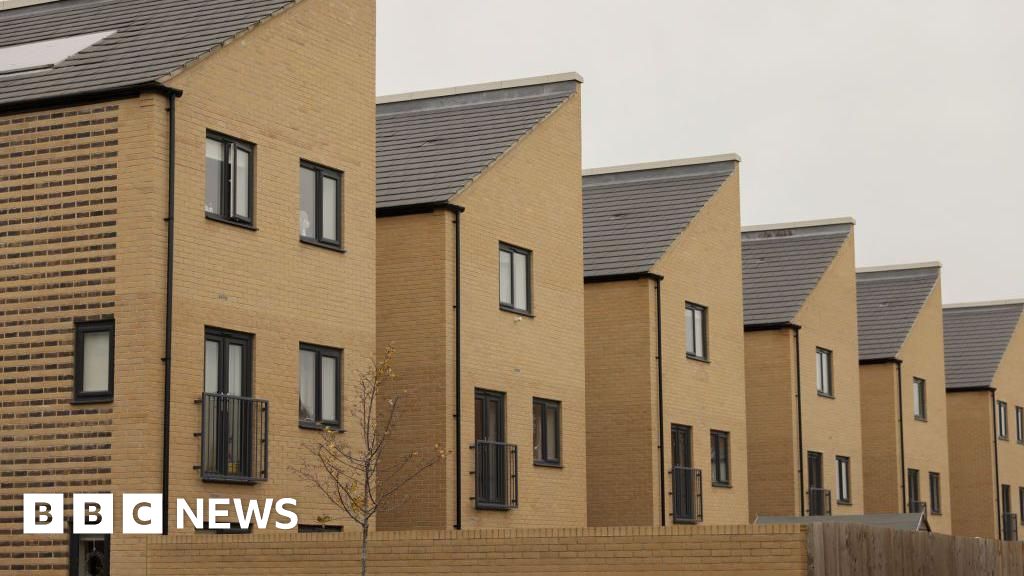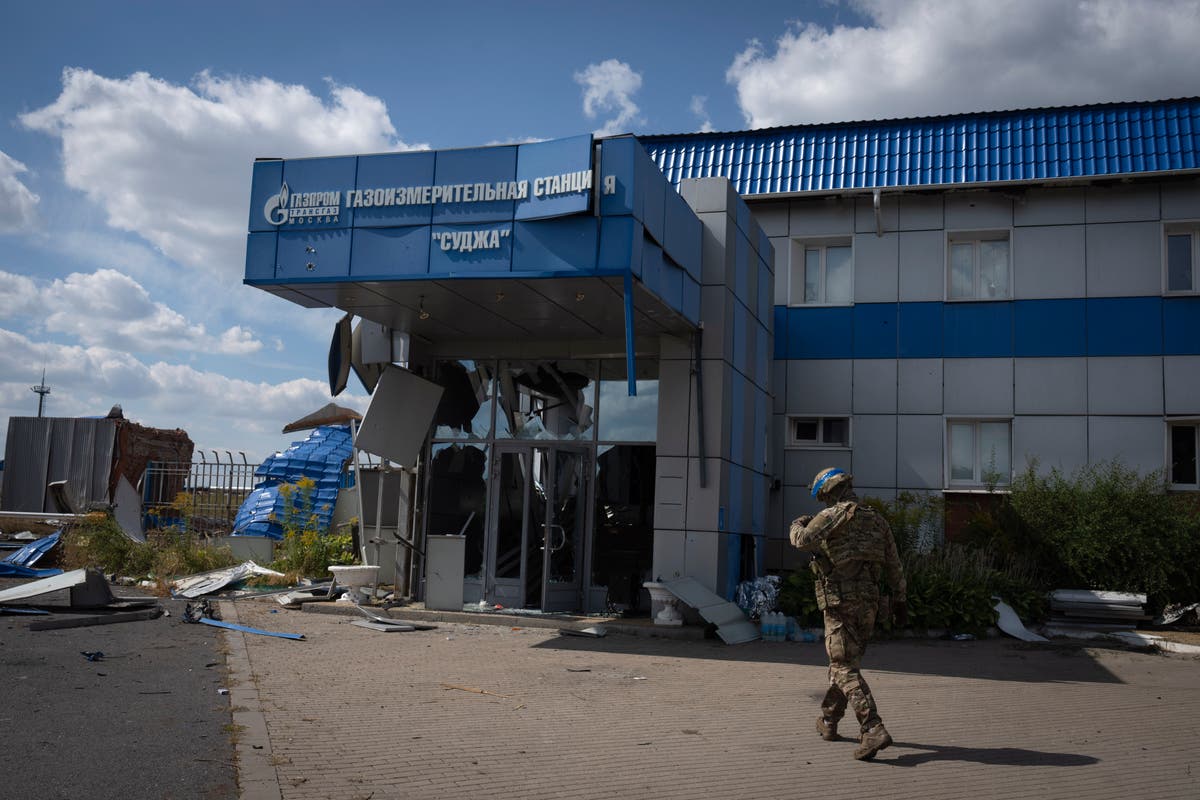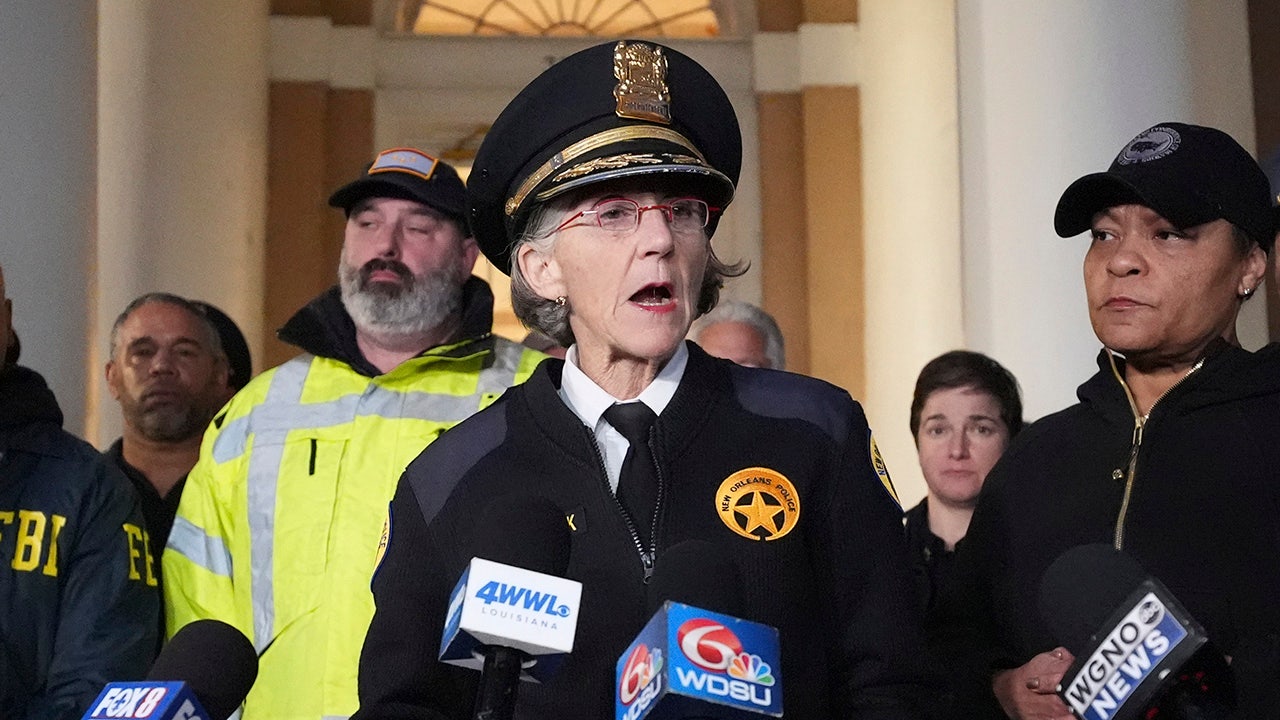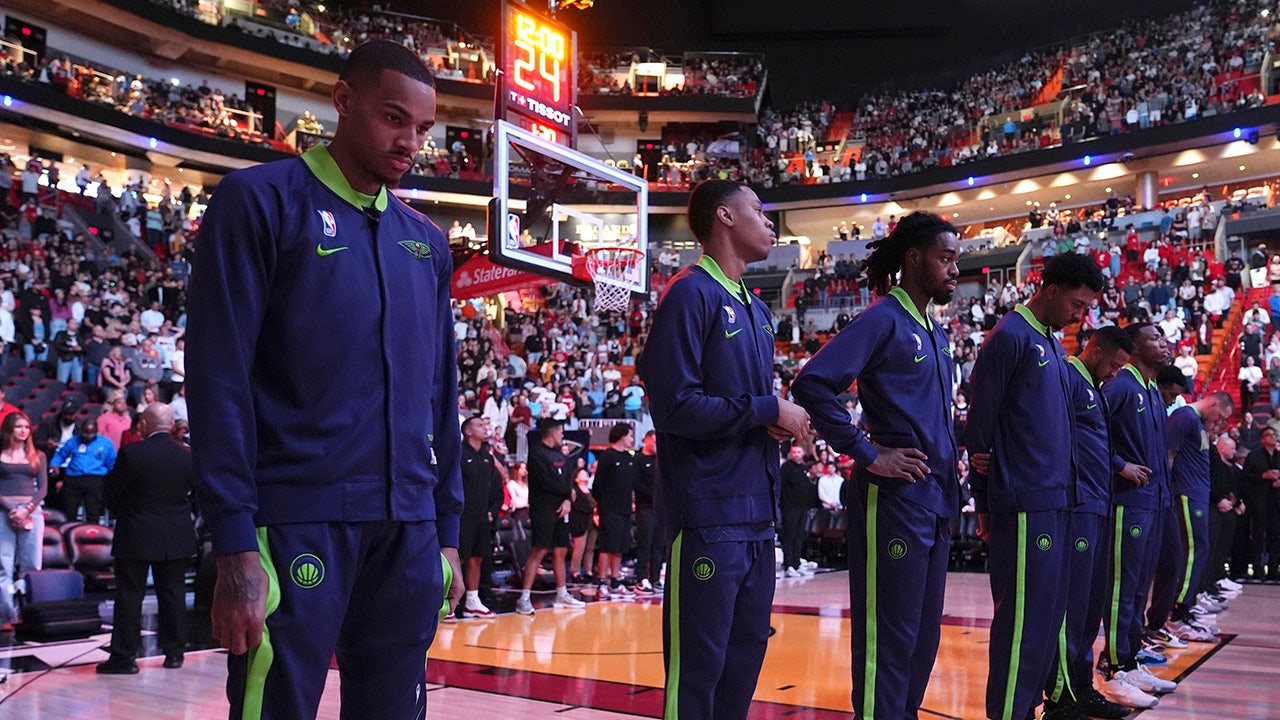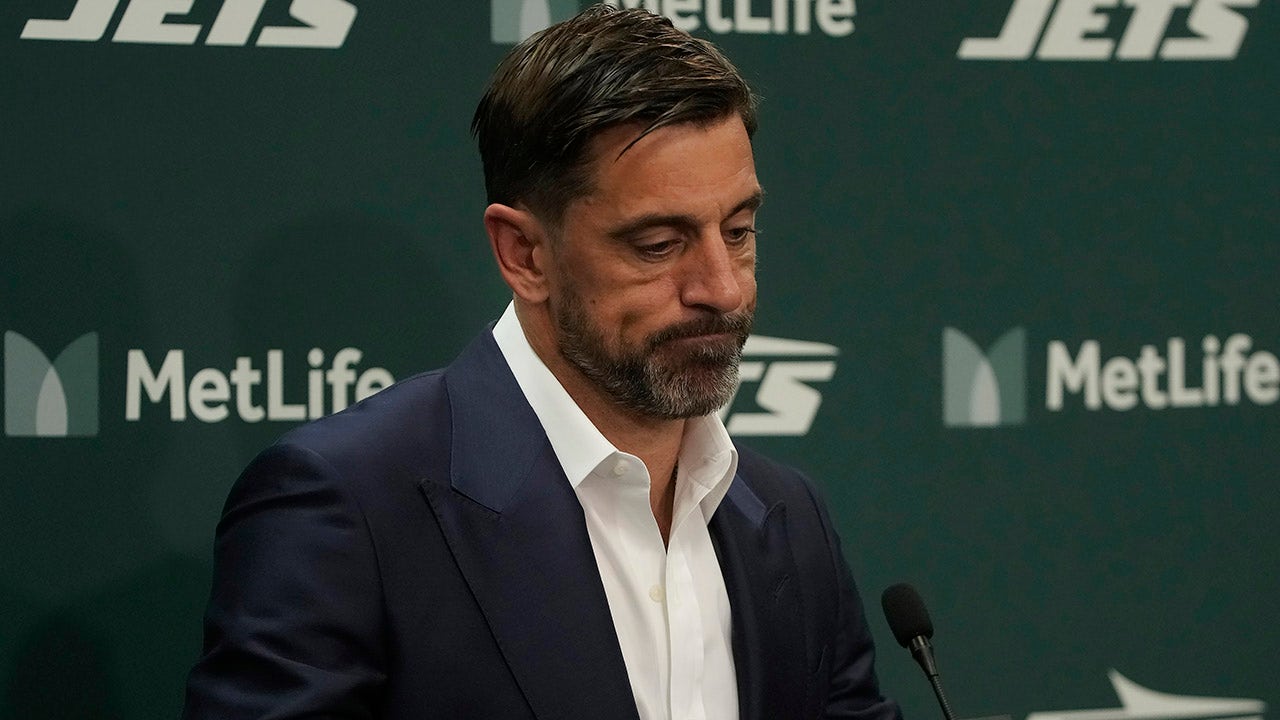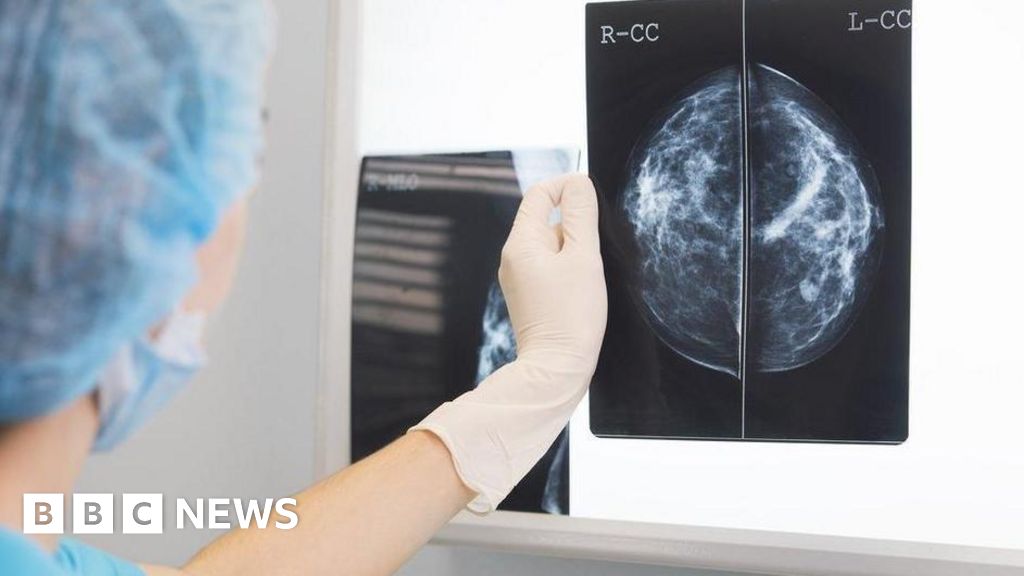President Biden and former President Trump are worlds apart on climate policy. But do voters know it?
Polls show that most Americans don’t know that Biden signed into law the biggest climate law in U.S. history. And many may not remember that Trump withdrew the U.S. from the Paris Agreement, the world’s most important climate treaty, and rolled back more than a hundred policies to protect the environment.
The consequences of November’s election will be momentous: The news service Carbon Brief estimated that a Trump victory could result in more than 4 billion tons of additional U.S. emissions by 2030.
Tonight, Biden will have the chance to highlight those contrasts when he addresses Congress in the annual State of the Union speech. I asked my colleague Lisa Friedman, who covers climate policy and politics, for a preview.
Manuela: What will the speech say about Biden’s climate policies?
Lisa: The economy is doing well, but voters don’t seem to be giving the president credit for it. The influx of migrants across the United States southern border is a major political headache and left-wing Democrats are furious about Biden’s handling of Israel’s war in Gaza. But, when it comes to climate, administration officials believe he has had a historic first term, and they’re eager for the president to tell that story.
It’s not clear how much real estate climate change will get in Biden’s speech. Typically his climate messages are wrapped into his economic vision. Last year, for example, the president’s first mention of the phrase “climate change” was linked to a promise to cut energy costs for families by giving tax credits to weatherize homes and boost wind and solar development.
It’s fair to expect more of the same this year. Biden has shown himself more comfortable framing climate change as a promise of “jobs, jobs jobs” than as a planetary crisis that needs solving. It also dovetails with Democrats’ hopes that Biden will highlight the economic progress he has made, and promote his vision for a second term.
Democrats want Biden to remind Americans that the Inflation Reduction Act, the president’s signature climate law, has created more than 170,000 new jobs so far, and to talk about how wind, solar and other clean energy manufacturing is creating a manufacturing boom in places like the American Southeast. The White House is inviting a few special guests to the speech, including a plumber and a union leader, to help make that point.
Manuela: Are there parts of the climate agenda he is less likely to talk about, fearing the reaction from swing voters?
Lisa: Yes, the more divisive policies, like the regulations on automobile and power plant emissions the Environmental Protection Agency is expected to finalize later this spring.
It will be interesting to see if Biden will hint at what a second term may bring on climate. As our colleague Coral Davenport has reported, a second Biden administration is likely to try to cut greenhouse gases from steel, cement and other hard-to-clean-up manufacturing. But, as she wrote, “talking about more regulations at the start of what promises to be a bruising election cycle is perilous,” so odds are we won’t hear much on that front either.
Manuela: Young people were a powerful force for Biden in 2020. But you wrote a few months ago that they were angry over his support of big oil and gas projects like Willow, in Alaska. What can Biden do on that front?
Lisa: Analysts told me Biden still needs to shore up his support with these young voters. Earlier this month four prominent youth activist groups called for Biden to “finish the job” on a range of issues including climate, and demanded he reject any new oil and gas projects while ensuring the United States reaches 100 percent clean energy by 2035.
Another thing that would make waves with this group is if Biden indicates a willingness to declare climate change a national security emergency if he wins a second term.
That formal declaration would unlock certain temporary powers to bolster renewable energy and curb investments in fossil fuels, and it’s something young activists have made a major priority.
Manatees with frequent flier miles
Calliope, Soleil and Piccolina, three orphaned baby females, arrived one after the other at ZooTampa’s manatee hospital.
One was found swimming alone in shallow waters, her umbilical cord still attached. Two months later, another was rescued from a canal. Then came the smallest they’d ever gotten: Manatees typically should weigh about 65 pounds at birth, but this one was only 44 pounds.
It was 2021, a bad year for Florida manatees. Decades of sewage and fertilizer pollution had led to a mass die-off of seagrass, which the animals rely on for food. Wildlife officials tallied hundreds of emaciated corpses. Other threats continued, like collisions with boats and poisoning from red tide, a toxic algae.
Calliope, Soleil and Piccolina joined the scores of manatees each year who get personalized interventions akin to ambulance rides, intensive care units and long-term rehab. Some even fly on airplanes before they’re released back in the wild.
For the three manatees, that meant a round-trip flight to Ohio.
Read more here about their journey. — Catrin Einhorn









